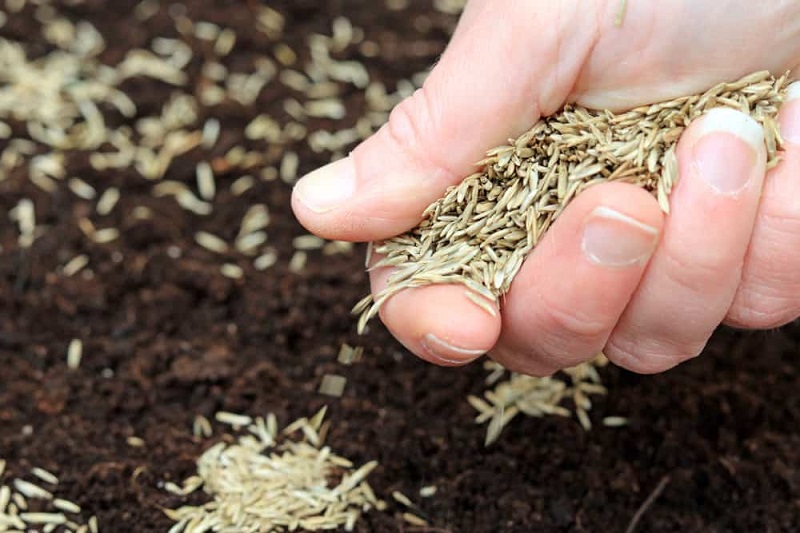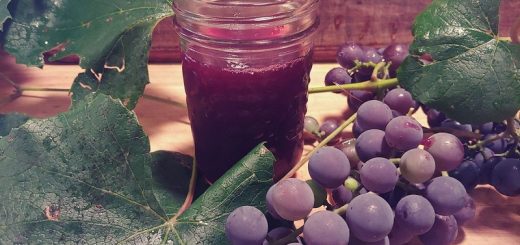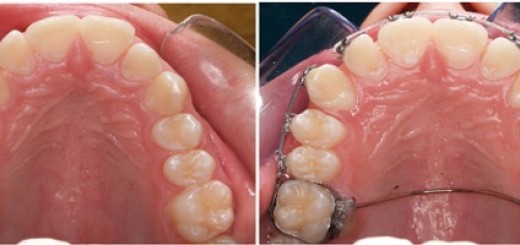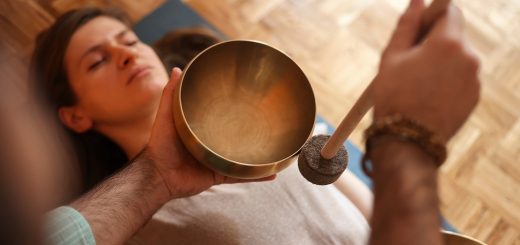How long do seeds last
Saving the seeds is a good practice: it allows you to have greater autonomy in your self-production. Avoiding having to buy the propagation material every year. And above all to preserve the horticultural varieties that we like best and that adapt to our pedoclimatic area.
To keep the seeds you need to start from non-hybrid varieties, know how to bring the plants to flowering. Extract the formed seeds correctly and then store them in the right way.
Properly stored vegetable seeds can last for a few years, the germination duration depends on each species. As the seed ages, its outer rind hardens and loses the ability to germinate.
This duration is valid both for seeds that are purchased in sachets from manufacturers and for seeds that we recover from cultivated plants to preserve them from one year to the next.
To be able to preserve the seed, it must be kept in the right conditions, in particular, it must be cool and dry. Too much humidity accompanied by heat could stimulate germination. Or dampness can favor pathogens, causing mold and rot.
How long does a seed last
The duration of seed germination varies according to the species, on average a seed can be kept for at least three years. For example, tomato and aubergine plant seeds last around 4-5 years. The chili pepper has a more rigid integument so we can keep it for 3 years. The leeks must be sown within two years, the chickpeas can wait for even 6.
The best thing is definitely to always use the seeds of the previous year, which being fresher germinate better. Depending on the plant the seeds can last two or three years safely. After a few years, the seed dies and therefore will no longer be of any use.
The advantage of a young seed is that the integument, the outer ring of the seed, will be more tender as it hardens and becomes woody on old seeds. For this reason, if the seed is a few years old, it is more difficult for the plant to germinate. We can help her by soaking the seeds for 12 hours, perhaps in chamomile tea.
Secondly, old seeds, at the end of their life cycle, often give rise to plants that go into pre-flowering. Plants can also pre-bloom for various other reasons: a lack of water, exposure to cold (the fake winter of biennial plants), or an incorrect sowing period.
Where to store the seeds
The conservation of the seeds requires a place that is dry and not too hot so that the conditions suitable for germination are not created, preferably also dark.
In addition, the seeds must be kept in clean places, to avoid spores of plant diseases and unwanted molds.
Also, be careful not to leave fresh vegetable residues attached to the seed , rotting can infect it.
The ideal to keep the seeds could be a tin box, such as those of biscuits, which repairs well but is not completely airtight, even glass jars with screw caps can serve the purpose.







